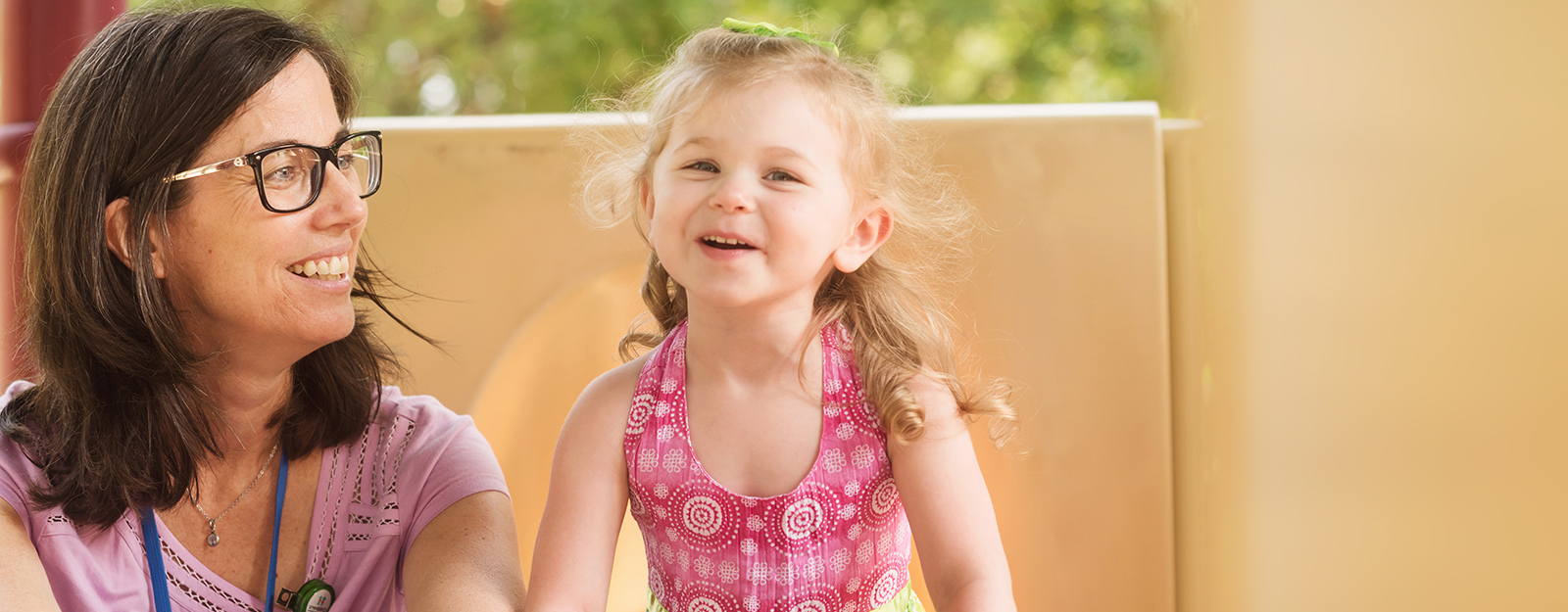- Research Research
-
Care and Services
- Care and Services
- ABA Therapy Program
- School Consultation Program
- Appointments and Referrals
- Assessment and Diagnosis
- Complex Behavior Support Program
- Multidisciplinary Feeding Program
- Language and Learning Program
- Louise and Brett Samsky Preschool
- Medical Services
- Family Support and Care Coordination
- Therapeutic Services
- Resources Resources
-
Training
- Training
- Crisis Prevention Program
- Educational Programs
- Outreach Programs
- Training and Outreach Team
- Get Involved Get Involved
We’d love to support your family’s early education goals
Our classrooms at a glance
Children ages 2 to 5 years participate in one of three classrooms: Early Preschool, Preschool and Georgia Pre-K. Generally, children are assigned to classrooms based on their age on September 1st of the current school year (August to July).
| Classrooms | How old are children in this classroom? | How many children per classroom? | How many teachers per classroom? |
| Early Preschool | 2 years old on September 1st or 2 years at enrollment | 12 | 3 |
|---|---|---|---|
| Preschool | 3 years old on September 1st | 16 | 3 |
| Georgia Pre-K | 4 years old on September 1st | 18 | 3 |
The Early Preschool (Toddlers) and the Preschool (Threes) school day hours are from 8:30 a.m. to 3:00 p.m. year-round. Before-care and after-care options are available for additional fees from 7:30 a.m. – 5:00 p.m. Georgia Pre-K school day hours are from 8:30 a.m. to 3:00 p.m., 180 days per year. Before-care and after-care options are available for additional fees from 7:30 a.m. – 5:00 p.m.
Admissions
Children are ready to participate in our Preschool and Georgia Pre-K classroom if they:
- Pay attention to and show interest in other children.
- Have started to communicate using gestures, eye contact and short phrases.
- Have started to engage in pretend or dramatic play, such as feeding a doll or dressing up.
Students must provide evidence of age-appropriate immunizations at the time of enrollment. Children with autism seeking enrollment must have a diagnosis at the time of admission.
Our curriculum
Louise and Brett Samsky Preschool and Georgia Pre-K Program use a two-tiered curriculum that includes The Creative Curriculum and the Social-Communication, Emotional Regulation, and Transactional Support (SCERTS) Model.
The Creative Curriculum assumes that all children learn and progress through interacting with social and physical environments. It provides an open framework but is informed by a set of guiding principles and practices for children of various developmental levels. The Creative Curriculum allows for modifications to ensure success for all children. It is also inclusive and respectful of a child’s family’s values, beliefs and experiences.
The SCERTS Model is complementary to the Creative Curriculum. It is an assessment-intervention approach that addresses the challenges faced by children who have autism. The curriculum targets individualized intervention objectives for students with the goals to improve social communication and emotional regulation. It uses transactional supports, which are intervention or teaching strategies embedded in everyday activities to support learning and active engagement.
Louise and Brett Samsky Preschool

